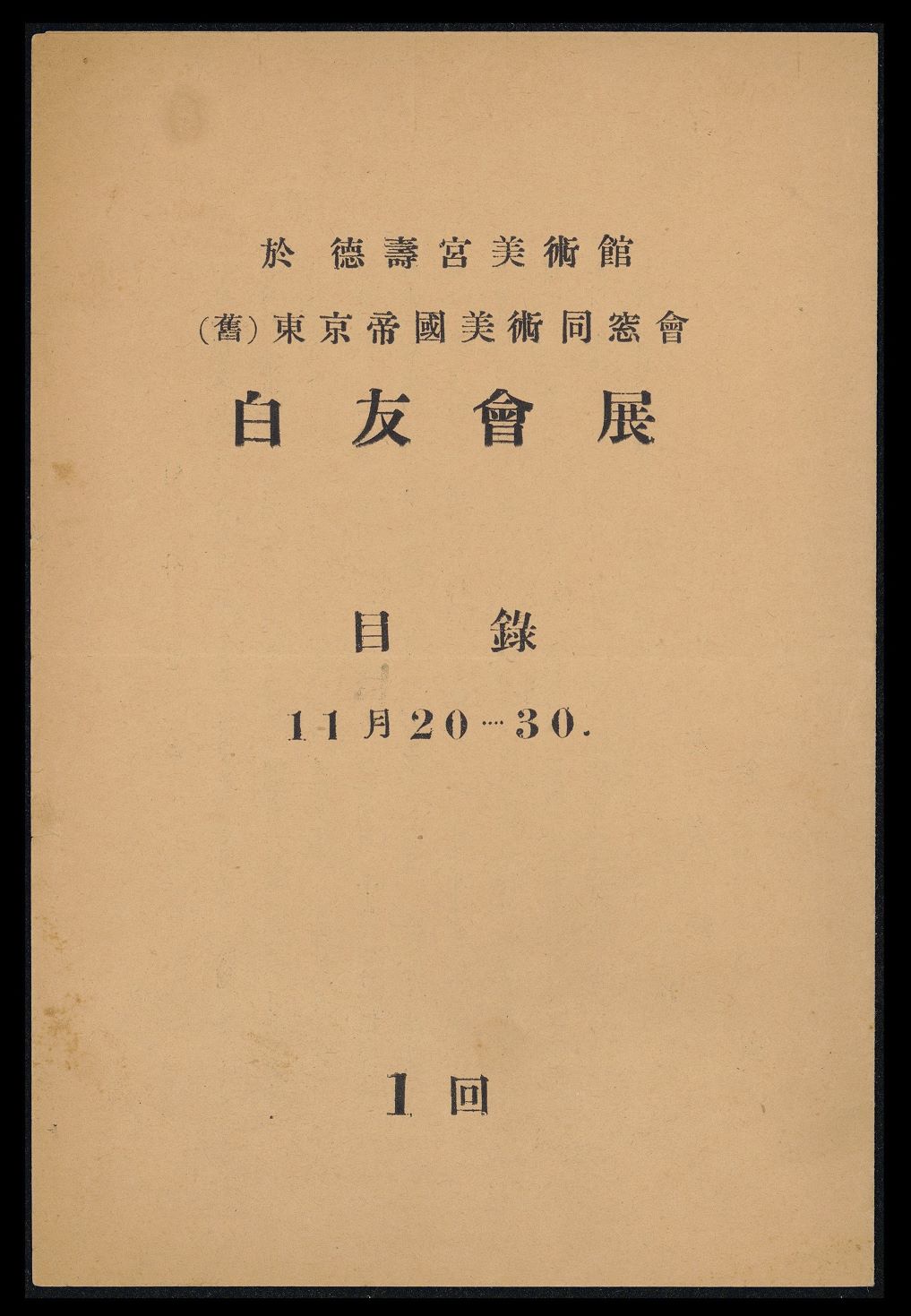
The First Baeku Association Exhibition, Leaflet, 1955, MMCA Art Research Center Collection
Baeku Association
* Source: MMCA
Related
-
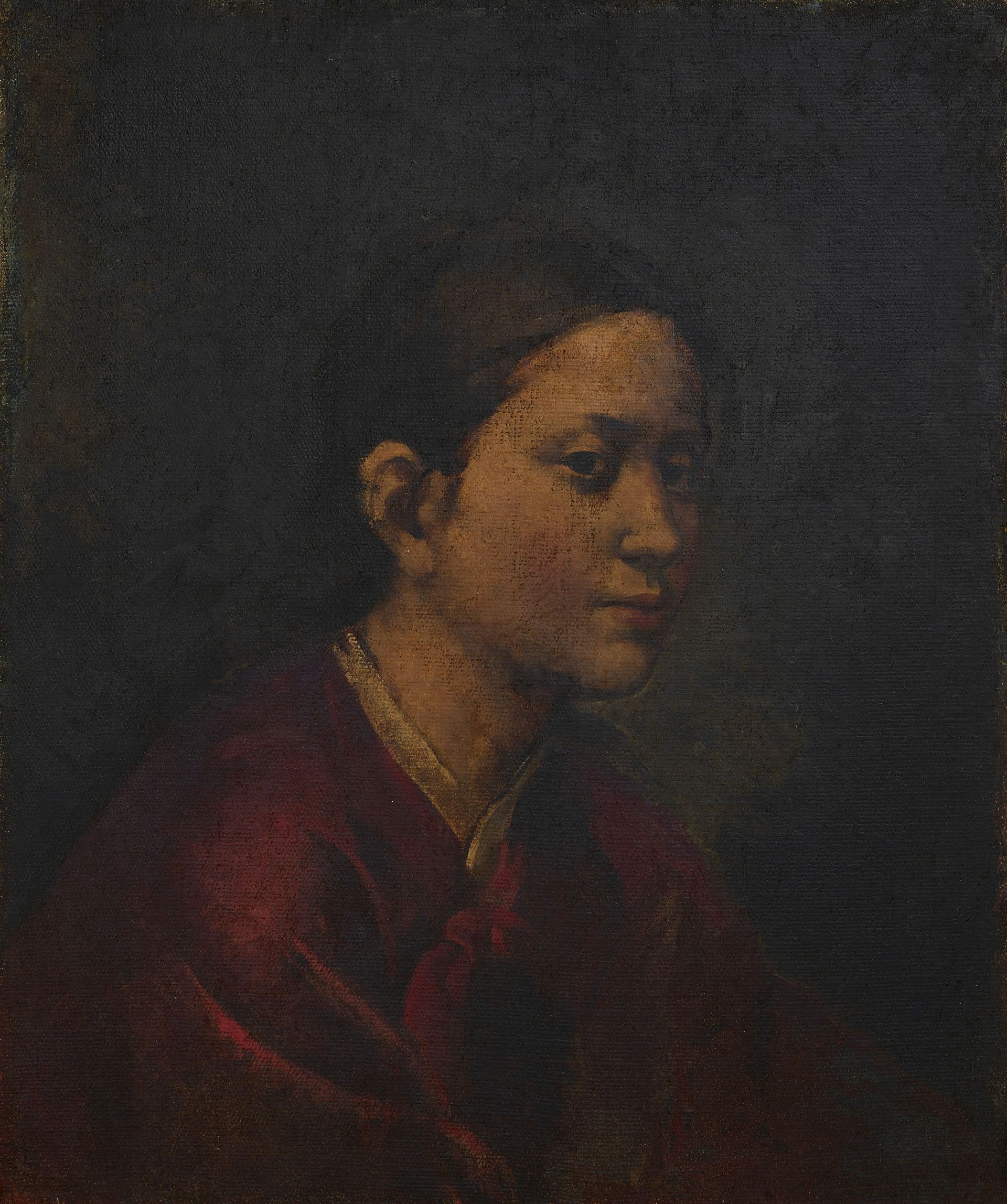
Lee Qoede
Lee Qoede (1913-1965) was born in Chilgok, Gyeongsangnam-do as the second son of a wealthy landowner family. He was strongly influenced and supported by his brother, leftist intellectual Lee Yeoseong and specialized in the history of art, clothing, and folklore. He graduated from Soochang Elementary School in Daegu in 1928, Whimoon High School in 1933, and the Department of Western Painting at the Teikoku Art School in Japan. His works, such as Fate (1938), Night Picnic (1939), and Swing (1940), were selected for the Nikakai Exhibition. After his return to Korea, he founded and led the New Artists Association and its exhibitions from 1941 to 1944. After independence, he was appointed as a committee member of the painting division at the Korean Plastic Arts Federation [Joseon johyeong yesul dongmaeng] and a chairman of the Western Painting division at the Korean Art Alliance [Joseon misul dongmaeng]. After visiting North Korea, he became a centrist and founded the Korean Art and Culture Association [Joseon misul munhwa hyeophoe]. where he was appointed as a chair. In 1948, he joined the National Guidance League. While working as a lecturer at Hongik University, the Korean war broke out, after then and he contributed to the Korean Art Alliance. He escaped Seoul just prior to the 1950 September operation to retake the city but was arrested by the South Korean army and held in prison camps in Busan and Geoje. In an exchange of prisoners, he opted to go to North Korea. In 1988, when the ban on artists who defected to North Korea was lifted, his family revealed his works, such as the People series, A Beggar, and Fate, to the public. He then was re-evaluated as one of the most significant artists in Korean modern art history.
-
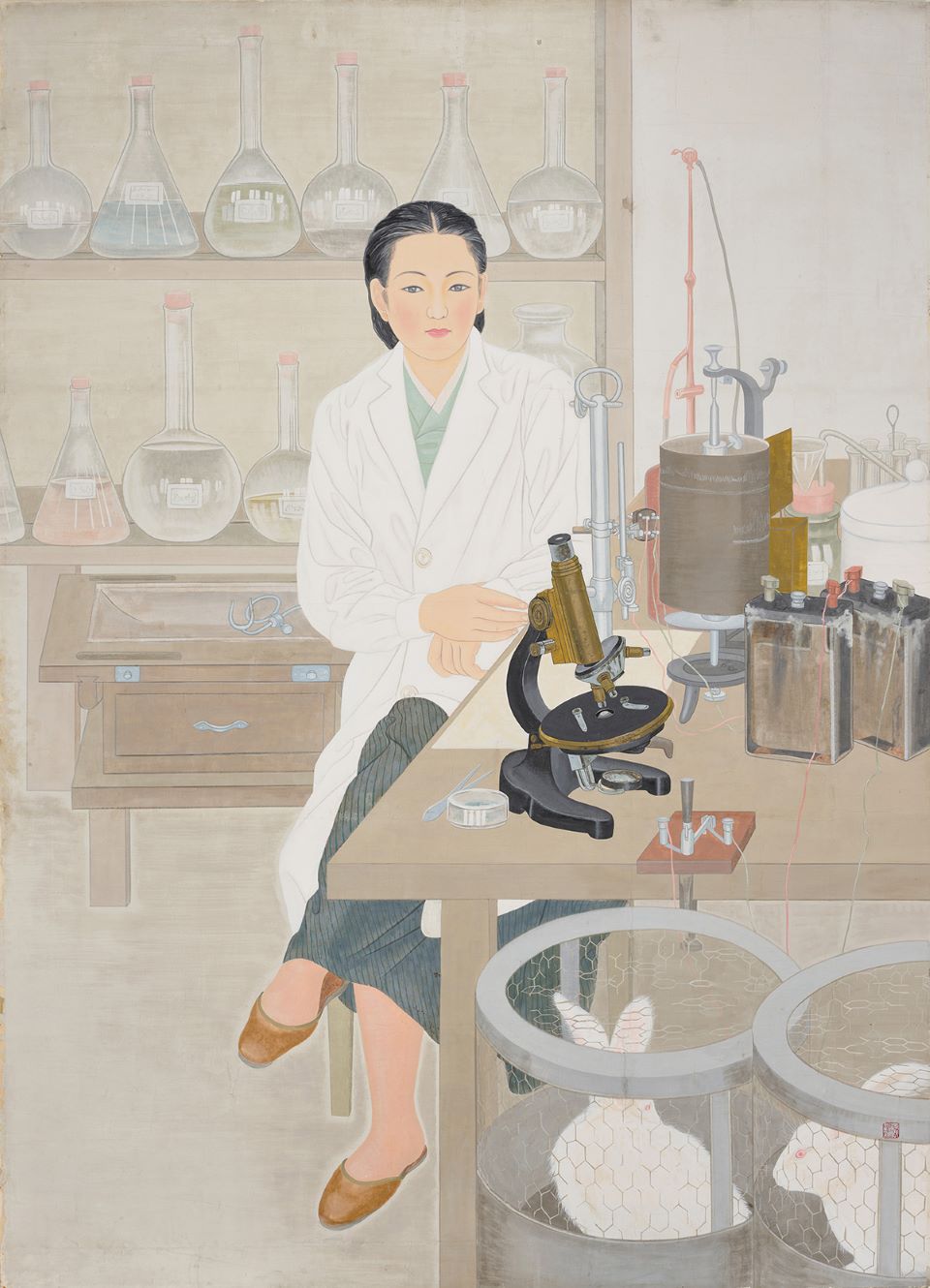
Lee Yootae
Lee Yootae (1916-1999, pen name Hyeoncho) learned painting from Kim Eunho in 1935 and participated in Husohoe, a group of Kim Eunho’s trainees, in 1936. He moved to Japan in 1938 to study at Kawasaki Ryuich’s art studio at the Imperial Academy of Fine Arts. He showed his potential by winning the government's general award and the Changdeokgung Palace award at the Joseon Art Exhibition [Joseon misul jeollamhoe] in 1943 and 1944, and then worked as a professor at Ewha Womans University from 1947 to 1979. He played a pivotal role in modern Korean painting Academism by holding various positions, such as a Noteworthy Artist at the 1955 National Art Exhibition, Invited Author, judge, and a member of the National Academy of Arts. He was also a main member of Paek Yang Painting Association from 1957 to 1975. After his studies in Japan, he excelled at female figure paintings by combining the realism of Western paintings, a classical academicist Estern painting technique, and the bright colors together. He was specially known for his female figures described, which were described as idealised representations of the modern era. After independence, he created grand landscape paintings depicting the natural beauty of Korea. By doing so, he demonstrated the value of a traditional approach to landscape painting using real scenery.
Find More
-
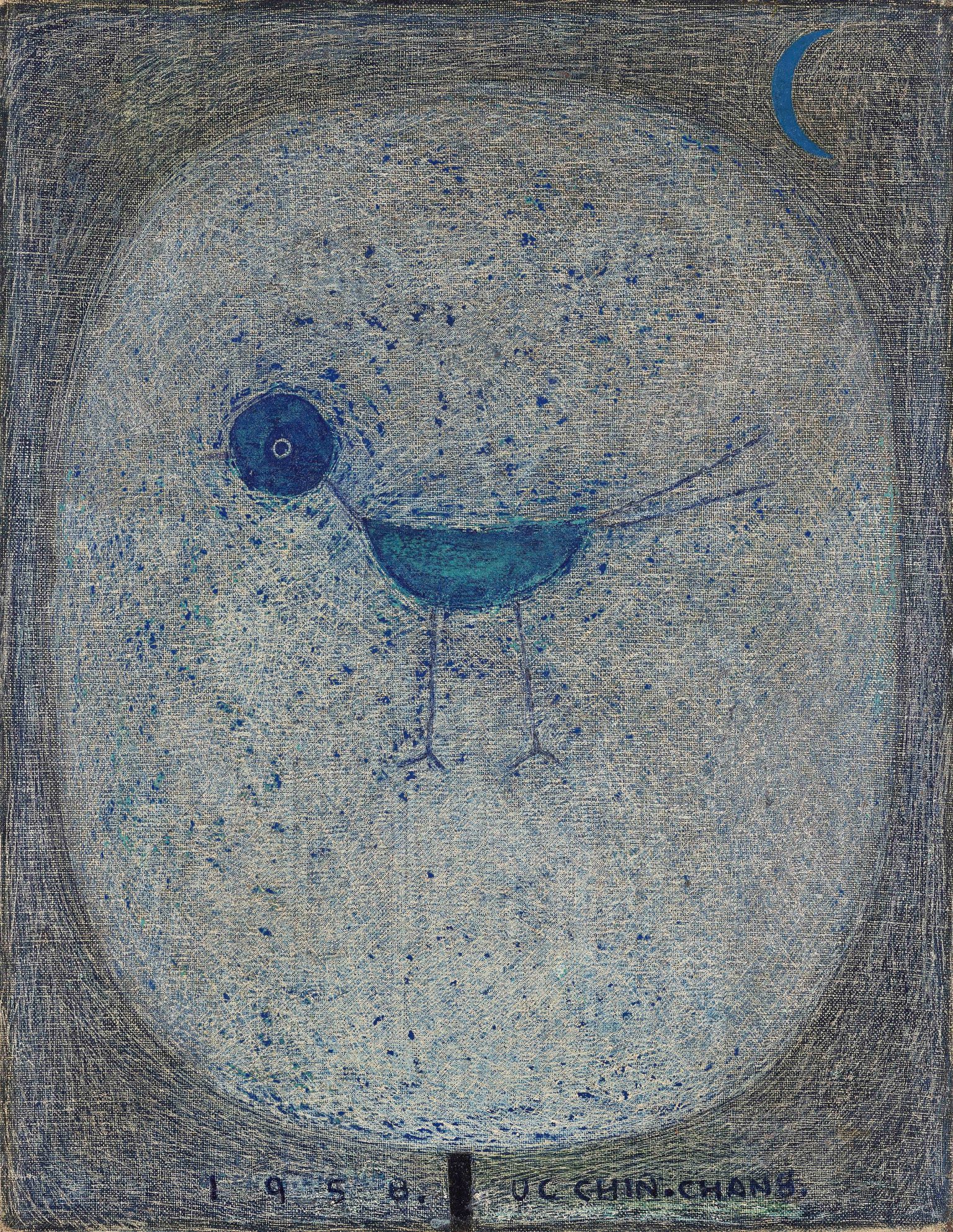
Chang Ucchin
Chang Ucchin (1917-1990) was a second son in Songyong-li, Yeongi-gun, Chungcheongnam-do. He graduated from the Department of Western Painting at Teikoku Art School in Tokyo from 1939 to 1944. After independence, he submitted his work to the New Realism Group Exhibition. He then taught as a professor at Seoul National University from 1954 to 1960 before retiring to focus on his art. Being away from the crowded city life of Seoul, he preferred to live alone in order to freely practice art in his studio. He had art studios in Deokso, Sooanbo, and Singal, and his transition through these sites is reflected in the changes in his style. His works dealing with traditional thatched houses, trees, figures in traditional clothing, and animals such as magpies, and dogs, show the humble and liberated life lost during the modernization of Korea. His thinly smeared and lightly colourful approach oil painting made great use of empty and marginal space, resulting in a unique manner heavily influenced by Buddhist and Taoist philosophies.
-
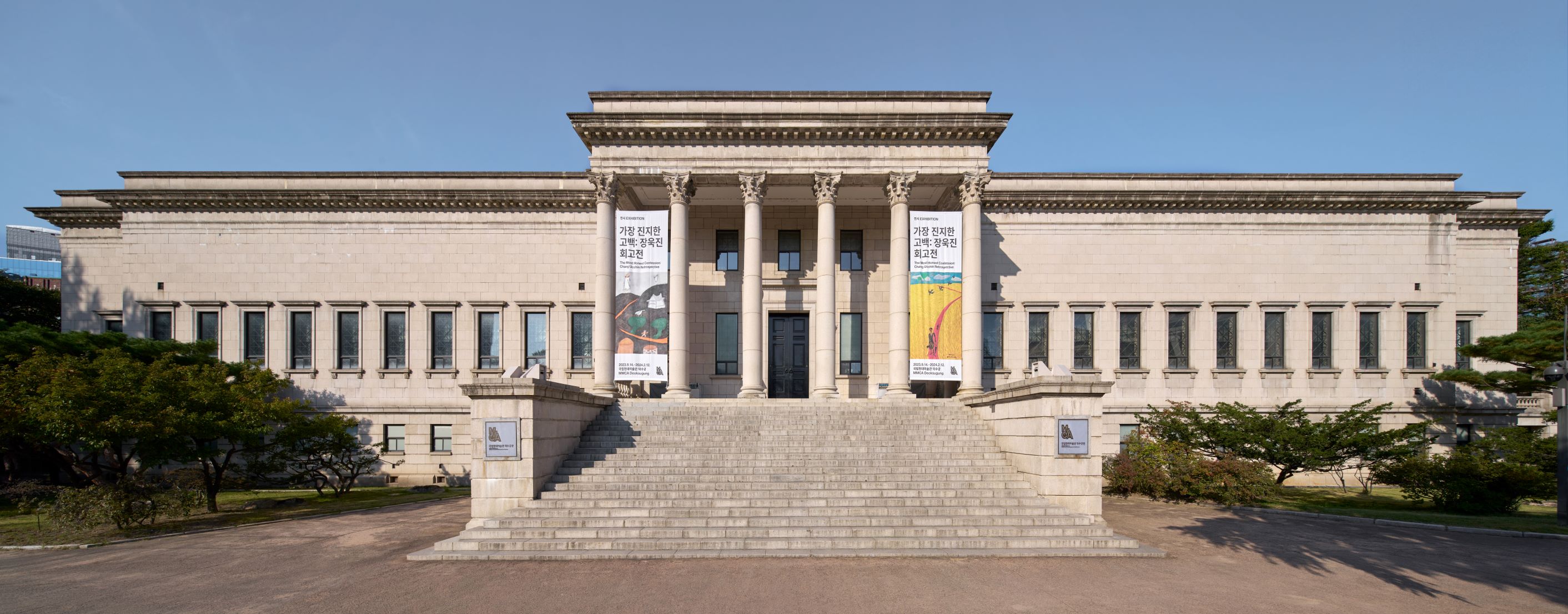
Deoksugung Museum of Art
A term that refers to two separate art museums that have existed in the grounds of Deoksugung palace at different times. First, the Yi Royal Family Museum, which was built in 1938 and renamed the Deoksugung Museum of Art after independence in 1948. This iteration of the Museum was merged with the National Museum of Korea in 1969. Separately, in 1998 a branch of the National Museum of Contemporary Art, Korea (now MMCA) was established at this location, and also named the Deoksugung Museum of Art. In 2013, the official name of the branch was changed to the National Museum of Modern and Contemporary Art, Deoksugung but some people still use the previous name, Deoksugung Museum of Art.






